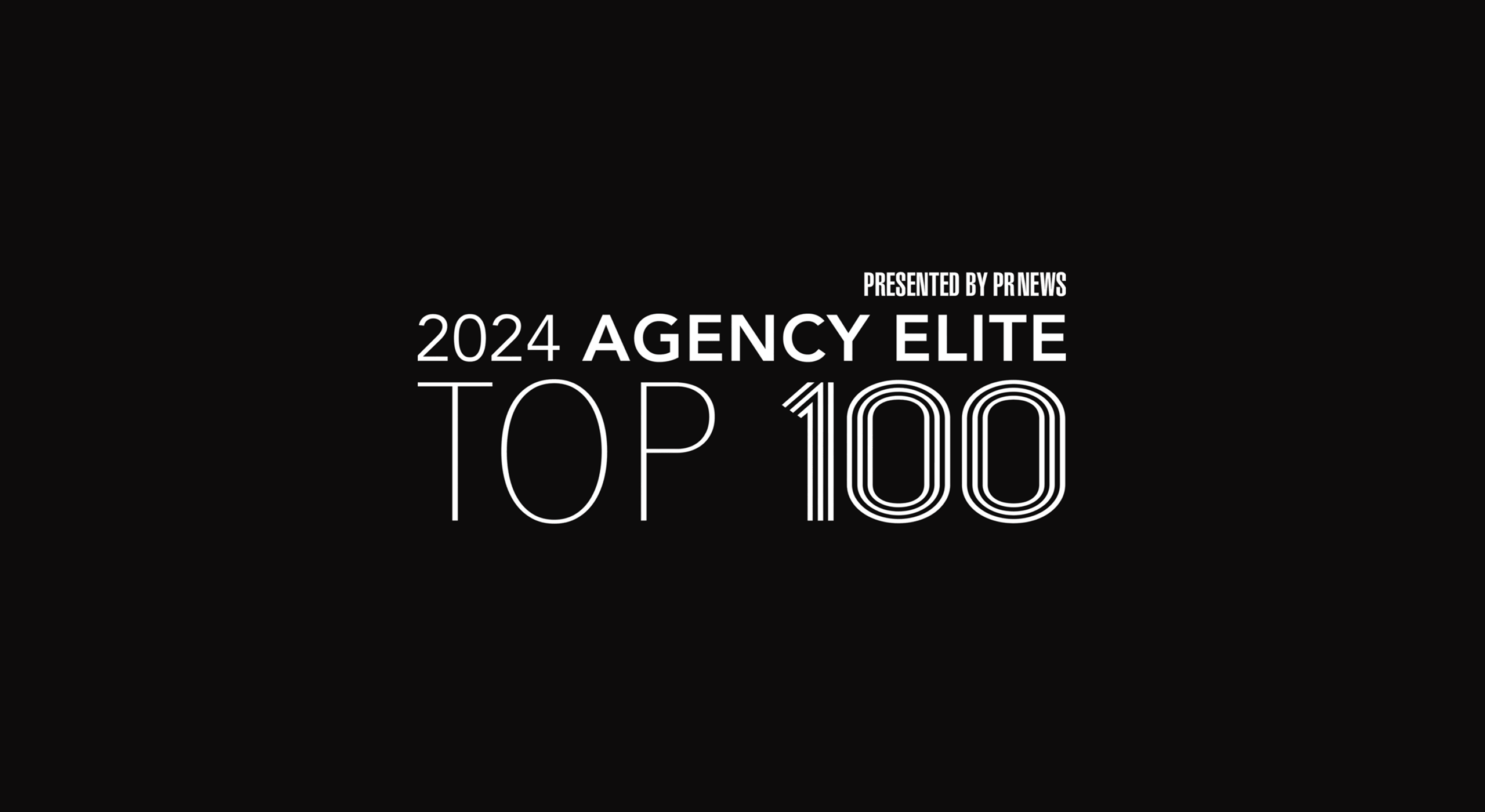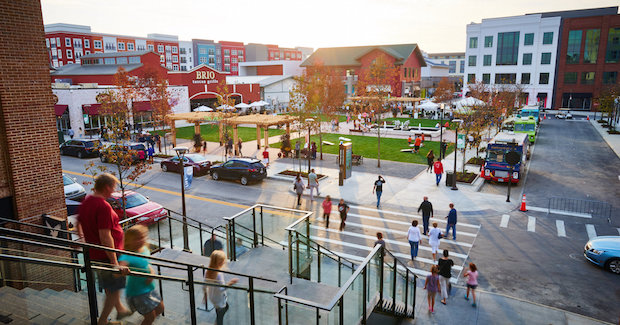
ICSC RECon 2016: Commercial Real Estate Marketing Hot Topics
By: Mark Winter
As someone that has been driving and supporting public relations and marketing programs for developers, property managers, retailers, brokers and consultants for more than 25 years, ICSC’s Spring RECon convention in Las Vegas has become an annual ritual.
I haven’t missed a single May conference in nearly 20 years. Like all longtime attendees, I’ve seen the good, the great and the ugly and I’ve come to see RECon as an important window into an evolving industry.
My perspective as a public relations and marketing professional has been shaped by experiences that include representing some of the most influential developers and iconic destinations in the industry. I’ve helped open centers all over the country, and my firm has become adept at working with our clients to secure approvals and public support; drive communication around public and private financing efforts; and elevate traffic, increase visibility and shape and share the public narrative for standout projects and industry visionaries and leaders.
Along the way, I’ve seen retail marketing change in very exciting ways. In recent years, the most savvy developers, owners and managers have become more sophisticated — leveraging advanced tools, new technologies and a proven understanding about what makes spaces and places memorable and engaging.
I guarantee that we will see many examples of this in practice on the floor of the Las Vegas Convention Center next week. While engagement, connection and interactivity are all prominent themes, there are a few specific “drivers” that keen observers will see if they know where to look.
Integration of the digital space with the physical space
More and more owners and developers are bringing human and digital assets together to great effect. From creative loyalty programs to contests, promotions, celebrations and other participatory events, there are plenty of opportunities for on-site activation and online synergy. Understanding how to connect the virtual landscape to the built environment can be tricky, but when it’s done well, the rewards can be dramatic.
One of the most significant projects to open in 2015, Steiner + Associates’ and Bucksbaum Retail Properties’ Liberty Center in the Cincinnati/Dayton Metroplex, used a dynamic and comprehensive social media strategy and activation program to generate excitement and awareness leading up to and during the project’s grand opening last fall. As an Identity client, we crafted Liberty Center’s social media strategy to leverage tone, voice, language, imagery and experience to engage in compelling placemaking. Thousands or guests already interacted with Liberty Center before they had even set foot on the property. Despite investing little to no advertising dollars, in just 120 days Liberty had more than 1 million impressions on social media channels, and content was shared more than 20,000 times. Most importantly, Liberty Center opened to great fanfare and has rapidly established itself as one of the premier mixed-use destinations in the United States. You can read the full Liberty Center case study here.
We see that same integration and experiential tenor playing out in apps as well, where today’s high-quality apps have become so much more than just a website. The best are wholly interactive and integrated into the center itself, unveiling or enhancing new experiences for users. The growing role of beacon-activated app functionality and smart/interactive mobile features adds an extra layer of experiential opportunity and engagement.
The ever-expanding role of websites
A center’s online footprint is a central part of its identity. Unfortunately, many owners and managers still don’t get it. These are not “set it and forget it” assets. Digital real estate needs to be thoughtfully managed, activated and leveraged — just like the center itself.
Websites for mixed-use centers have evolved beyond serving simply as a list of places to shop and dine. More and more, center websites are putting emphasis on their unique experiences and connectivity with the local community. Center giving and community programs are playing a prominent role in driving this trend. The iconic Easton Town Center in Columbus, Ohio, for example, has one of the industry’s most creative and successful charitable giving programs. At Easton, the frustration of paying for on-street parking or the potentially negative experience of getting a parking ticket is transformed into a positive experience with all collected monies donated to a rotating series of local and regional charities. That information is publicly shared to emphasize the community connection and highlight the role that Easton — and, indirectly, its visitors — is playing in supporting worthy causes with a direct local impact. Since its inception, Change for Charity has raised and redeployed more than $5 million in Central Ohio.
Another relatively simple, yet highly effective strategy is the integration of social media into the site. Today, we see leasing professionals talking about followers, shares, engagement and influence in the same conversation as rooftops, demographics and spending power — something that was unheard of just a few short years ago. Effective digital planning now requires center websites to act as living and breathing destinations, featuring links to channels that are updated daily with content and images that excite and attract guests.
Analytics, measurement and reporting
Information is power, and today’s successful industry professionals not only understand that — they embrace it. As our ability to gather more accurate and sophisticated data has grown exponentially, marketing and public relations professionals and retail experts have become skilled at asking and answering critical questions like:
- What are we measuring?
- What do our digital channels tell us about our guests?
- How are we comparing data and performance?
- What adjustments are we making based on the insights we collect?
How are we reporting?
The data provided by websites and social media channels are a natural extension of the standard demographic and psychographic information a development team would gather prior to commencing a project. While these platforms provide a breakdown of the age, gender, marital status and location of guests connected to a center, they can go layers deeper. By mining social media data, we can understand interests and brand affinity.
A center could tell how many active digital users already “like” a potential tenant before the leasing deal is signed. This information can play an important role when engaging in discussions with retailers.
The changing role of PR
The role of PR in retail has changed dramatically over the years. While transactional news about financing, leases, purchases and groundbreakings are still critically important, forward-thinking marketing professionals have evolved their programs to meet the expectations of today’s engaged consumers.
Today’s compelling and effective PR is focused on storytelling. That story can be a “choose-your-own-adventure,” where the public can participate and shape the nature of their experiences and interactions. Visuals and video are an important part of that process, as they have an unparalleled ability to convey the emotions and experiences of shoppers, diners, moviegoers, residents and guests with an immediacy and impact that nothing else can match (outside of actually experiencing it for yourself). Today’s retail and mixed-use environments are more experiential than ever before, with an abundance of activities and activation. PR today is more conversation than lecture, and more about the narrative than the slogan.
To that effect, we are also getting better at connecting the “business” with the community. Finding meaningful ways to engage with local residents, groups and neighborhoods by supporting the arts or local parks and recreation, or by collaborating with or supporting schools and athletic teams. Retail professionals are investing financial and human resources into forging and maintaining those connections, driven by the understanding that those costs most definitely “pay.”
The bottom line
Most developers are focused on two things: sales per-square-foot and their net promoter score, which gauges consumer perception and loyalty. Arguably the most important shift in perspective in the retail development world has been the understanding that both of those metrics are directly connected to the bottom line. All of the high-level talk about experience and integration isn’t just fluff or industry jargon — it’s a very real phenomenon with potentially profound consequences for developers, owners, operators and other retail real estate professionals.
If you are heading to Las Vegas for the 2016 RECon, take the time to look for some of the themes I’ve touched on above. The examples may not be obvious, but peal back those aerials, renderings, site plans and great photos, and look beyond the million dollar booths with full bars and personal chefs and you might just see them. In some cases, great marketing and PR will be seamlessly woven into the fabric of the stories told by the people and projects you’ll see at the convention. When it’s done well, it’s subtle — but powerful. I guarantee that if you look hard enough, you will see it.
A version of this article originally appeared in Shopping Center Business.



